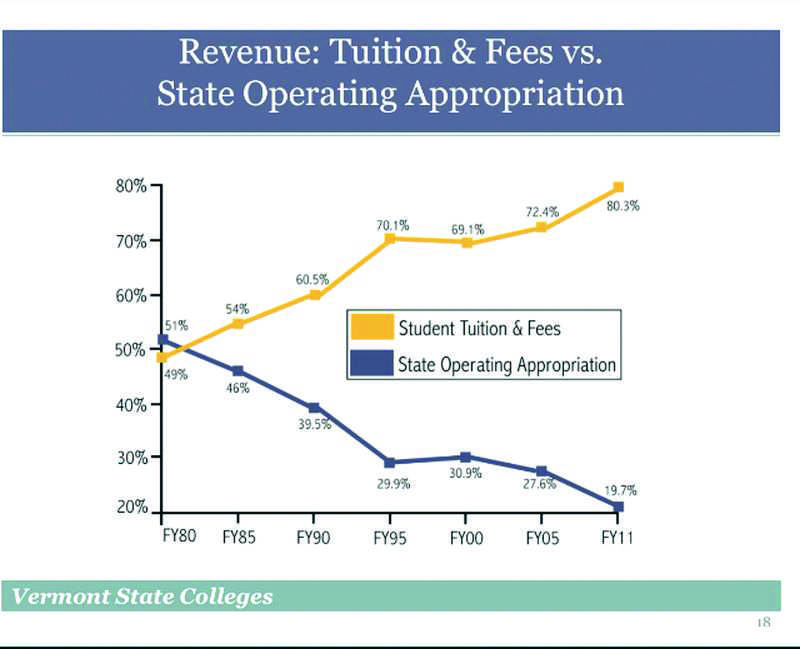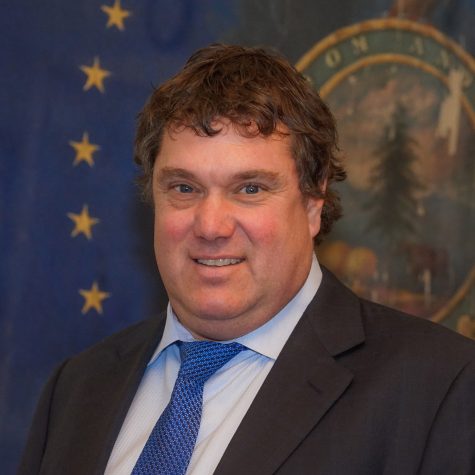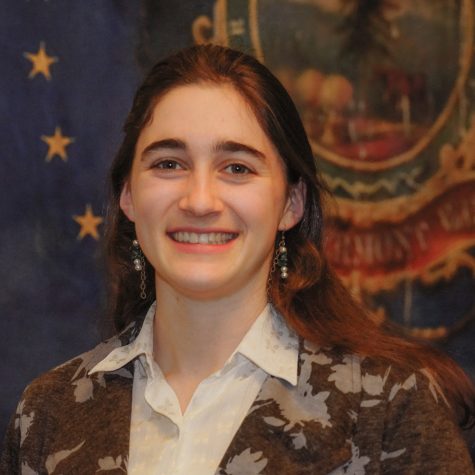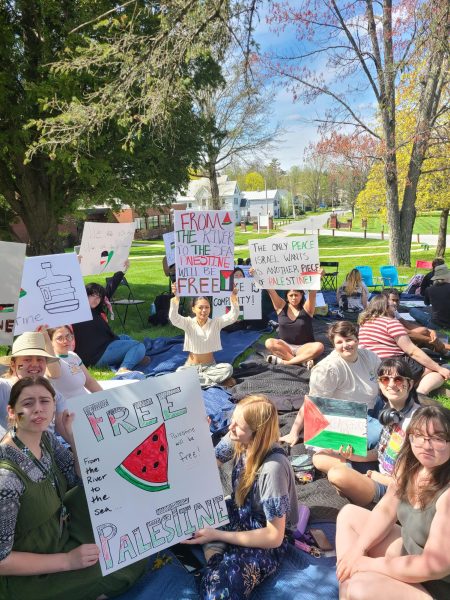A Band-Aid on a gaping wound
Editor’s note: The following commentary was originally published in Vt. Digger on Jan. 21. It’s been reprinted here due to its relevance, despite the protests of its author, stemming from his active involvement with Basement Medicine. Relevance is relevance.
Gov. Shumlin’s latest budget is by many accounts a measured balancing act reflecting a gauntlet of competing priorities. Unfortunately, the governor practiced basic triage, sticking yet another Band-Aid on a gaping wound: the long-standing underfunding of Vermont’s five state colleges.
With a proposed state budget increase of 3.6 percent in General Fund spending, appropriations for higher education amounted effectively to a 1 percent hike. Reacting to the governor’s budget, Dan Smith, director of community relations and public policy in the chancellor’s office of the Vermont State Colleges, noted, “While we fully understand and appreciate the budget pressures that are facing the state, we’re disappointed. Funding is a reflection of priorities and as long as we face workforce challenges in this state we have to understand this is in part a consequence of the underfunding of our public post-secondary institutions.”
Count me among the disappointed, but I am certainly not surprised. Perhaps the governor is merely reflecting the sad reality of our Legislature, which seems indifferent to the crucial role the Vermont State Colleges play in the social and economic health of our state.
Eighty-three percent of all VSC students are Vermonters. Estimated economic impact for the state is $475 million; the VSC employs 2,300 people with a payroll of $115 million. Eighty-four percent of VSC graduates remain in Vermont, and more than half of all students are the first in their families to attend college, doubly important if you recognize that higher education is the greatest anti-poverty program ever devised.
Recognizing the public good inherent in a vibrant state college system, Vermont state statutes require the Legislature to fund the VSC fully or substantially, conditions our elected officials have obviously long ignored.
In 1980, Vermont’s operating appropriation to the VSC amounted to 51 percent of the colleges’ revenues, the remaining 49 percent obtained from tuition and fees. Since then the state’s contribution has steadily declined, unrelated to economic conditions: through boom and bust, appropriations relative to operating costs have continued to drop.
And the result? Vermont leads the nation in a race to the bottom regarding higher education funding, with its contributions amounting to less than 15 percent of its state colleges’ revenues. As a point of reference, the national average stands at 47 percent.
Woe be unto us.
The effects of this decades-long defunding of the Vermont State Colleges are painfully obvious to any stakeholder in this issue, and that would include directly all current and past VSC students and their families and all VSC employees, including staff, faculty and administration. Indirectly, that would include the rest of us.
Most evident is direct cost: According to the 2012 State Higher Education Finance Report, tuition costs for Vermont State Colleges are more than double the national average for four-year public colleges, not surprising considering our ranking at the bottom for state support of higher education.
And then there are indirect costs. Perhaps high tuition is one reason that while Vermont ranks first in the nation in its high school graduation rate, it is at the bottom for those going on to higher education. The long-term social and economic implications of this are devastating.
U.S. Census data show that those who obtain a bachelor’s degree have a median income of $50,360 compared to a median income of $29,423 for people with only a high school diploma. Associates and advanced degrees also yield considerable gains in earning potential. How can our children and grandchildren enjoy prosperity when so relatively few of us can now afford access the very real social and economic benefits of a college degree?
Our most obvious problem is indifference to the economic health of our state colleges, starting with the Legislature. Despite years of lobbying by the VSC chancellor and many of the VSC’s incredibly dedicated board of trustees, our representatives in Montpelier have failed to offer any solutions of substance. The one bright spot is Sen. Anthony Pollina’s probably quixotic current effort to return VSC funding to 1980 levels.
As if things weren’t dismal enough, there is a second deeply entrenched problem: the distribution formula for the money that is allocated by the Legislature for public higher education. The 2012 appropriation, for example, amounted to about $84 million, split three ways: UVM, which serves about 3,000 full-time Vermont students, received roughly $41 million, nearly half of the entire appropriation.
Castleton, CCV, Lyndon, Johnson, and Vermont Tech, serving about 8,000 full-time Vermont students, collectively received about $23 million, the rest going to VSAC although it no longer can function as lender under new federal laws.
Whatever logic prevailed when this long-standing formula was created – when state support for the VSC was considerably more than it is now – surely needs revisiting. Why has this formula persisted despite its appalling unfairness?
Ask your legislators.
The Vermont State Colleges system is crucial to the social, cultural and economic fabric of our state. Clearly if we do not advocate more forcefully for it, if we do not insist that funding for the VSC actually reflects what the Legislature is legally obligated to do, the same corrosive situation that leaves thousands of Vermonters graduating with unacceptably high student loan debt burdens, that discourages a new generation from seeking higher education, that forces employers to look elsewhere for qualified employees, and that condemns future generations to low-paying jobs will continue to oppress us.
As to who is to blame for this tragic failure of public policy, the answer is simple: for that we can look to Walt Kelly’s famous comic strip character Pogo, who so aptly observed, “We have met the enemy and he is us.”
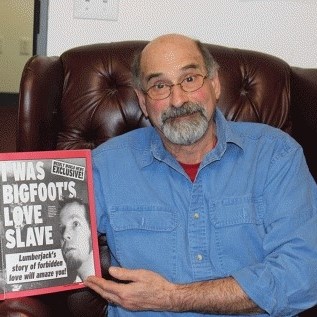
Author, Law-Abiding Samaritan, Retired Writing and Literature Professor and Department Chair
Simply hasn't grown up yet (as far as we know)
I appeared...


